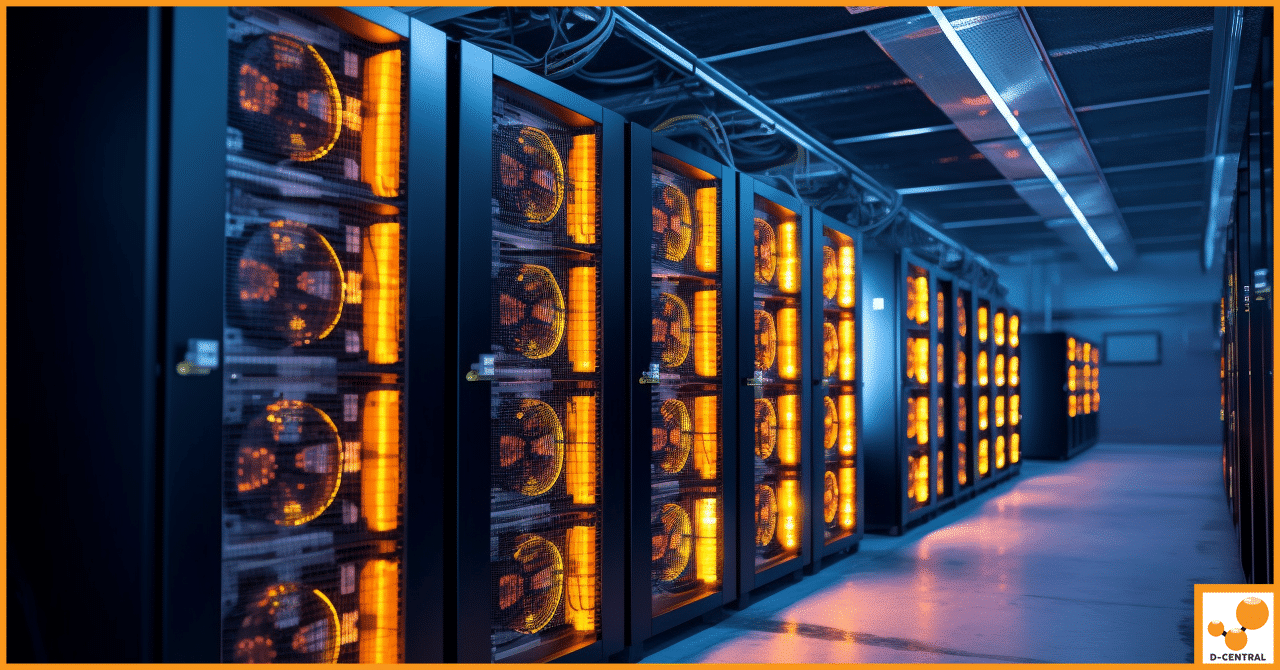
The Importance of ASIC Miner Shrouds in Bitcoin Mining Farms
In the complex world of Bitcoin mining, Antminer Shrouds have emerged as an important tool to optimize the performance and
4479 Desserte Nord Autoroute 440, Laval, QC H7P 6E2

Discover how you can contribute to Bitcoin’s decentralization, enhance network security, and potentially earn rewards by becoming a home miner in the Lightning Network. This comprehensive guide will walk you through the essentials of running nodes, managing channels, and optimizing your mining setup for success.
The Lightning Network represents a revolutionary leap forward in Bitcoin technology, addressing some of the most pressing challenges faced by the world’s leading cryptocurrency. As a second-layer solution built on top of the Bitcoin blockchain, the Lightning Network enables:
Home miners play a crucial role in maintaining and strengthening the Lightning Network. By running nodes and managing channels, these individual contributors form the backbone of this innovative payment system. Here’s why home miners are essential:
Running a Lightning Network node is fundamental to participating in this revolutionary system. Here’s what you need to know:
Payment channels are the core mechanism that enables the Lightning Network’s speed and efficiency. Here’s a deeper look at channel management:
Ready to join the revolution? Here’s a step-by-step guide to setting up your home mining operation for the Lightning Network:
To maximize your contribution and potential rewards, consider these advanced strategies:
As the Lightning Network continues to grow and evolve, the role of home miners becomes increasingly important. Here’s what the future might hold:
The minimum requirements are relatively modest: a computer or single-board computer (like a Raspberry Pi) with at least 1GB RAM, 100GB storage, and a stable internet connection. However, for optimal performance, consider a device with 4GB+ RAM and an SSD for faster syncing and better responsiveness.
You can start with as little as 0.001 BTC (100,000 satoshis), but having more funds allows you to open more channels and potentially route more payments. A common recommendation is to start with at least 0.01 BTC to have meaningful participation in the network.
While it’s possible to earn routing fees, profitability depends on various factors such as your node’s connectivity, channel management skills, and the overall network activity. Many operators run nodes to support the network rather than for direct profit. As the network grows, earning potential may increase.
Traditional Bitcoin mining involves solving complex mathematical problems to validate transactions and create new blocks. Running a Lightning Node, on the other hand, focuses on facilitating off-chain transactions and doesn’t require specialized mining hardware. It’s generally less energy-intensive and more accessible to individuals.
Home mining in the Lightning Network represents a unique opportunity to actively participate in shaping the future of Bitcoin. By running nodes and managing channels, you’re not just potentially earning rewards – you’re contributing to a more efficient, scalable, and decentralized payment network that could revolutionize global finance.
Whether you’re a seasoned Bitcoin enthusiast or a curious newcomer, getting involved in Lightning Network home mining is an exciting journey that combines technical learning, community engagement, and the potential for financial rewards. As the network continues to grow and evolve, early adopters and dedicated node operators will play a crucial role in its success.
Join the ranks of home miners powering the future of Bitcoin. Get started with D-Central’s range of mining solutions tailored for the Lightning Network.
Remember, every node counts in the mission to create a more robust, decentralized, and efficient Bitcoin network. By becoming a home miner in the Lightning Network, you’re not just witnessing the future of finance – you’re actively building it. Start your journey today and be part of this groundbreaking technological revolution!
DISCLAIMER: D-Central Technologies and its associated content, including this blog, do not serve as financial advisors or official investment advisors. The insights and opinions shared here or by any guests featured in our content are provided purely for informational and educational purposes. Such communications should not be interpreted as financial, investment, legal, tax, or any form of specific advice. We are committed to advancing the knowledge and understanding of Bitcoin and its potential impact on society. However, we urge our community to proceed with caution and informed judgment in all related endeavors.
Related Posts

In the complex world of Bitcoin mining, Antminer Shrouds have emerged as an important tool to optimize the performance and

As the world of cryptocurrency continues to grow and evolve, so does the need for efficient and effective mining hardware

The world of cryptocurrency mining has evolved significantly since the early days of Bitcoin. With the advent of various digital